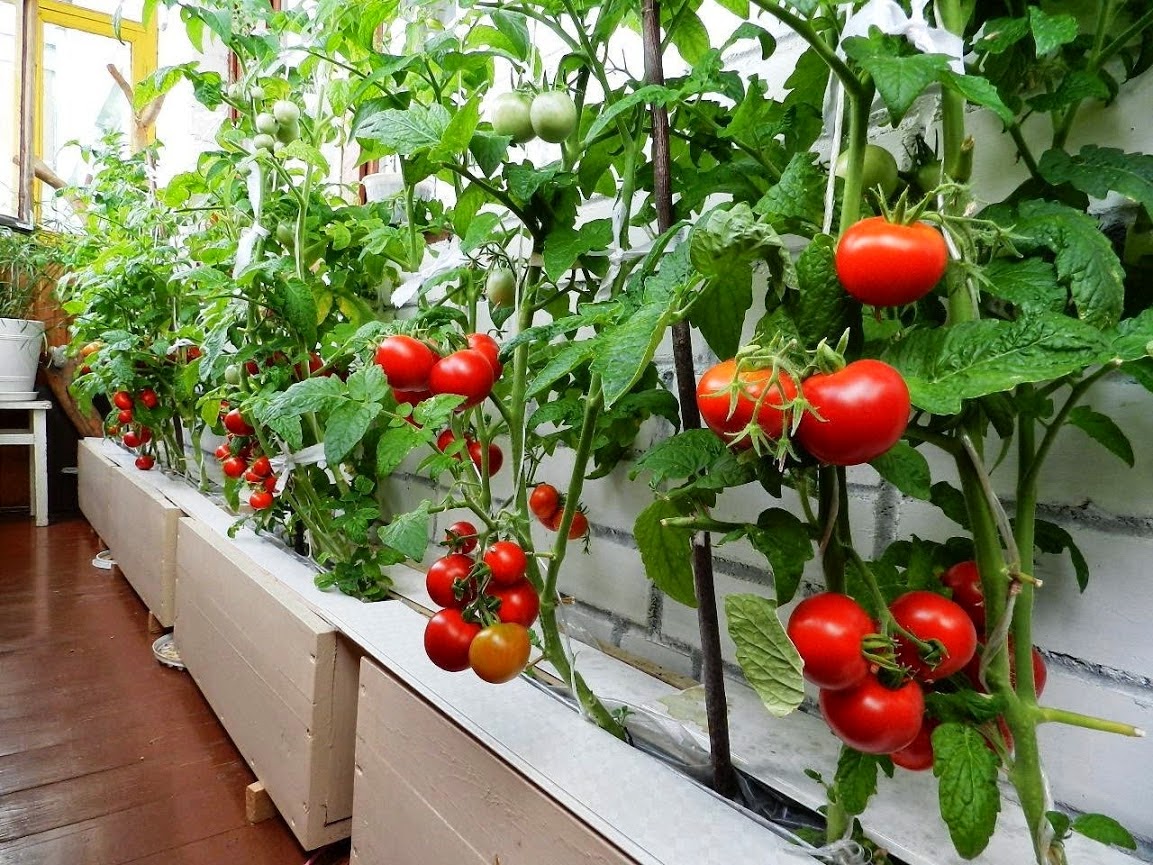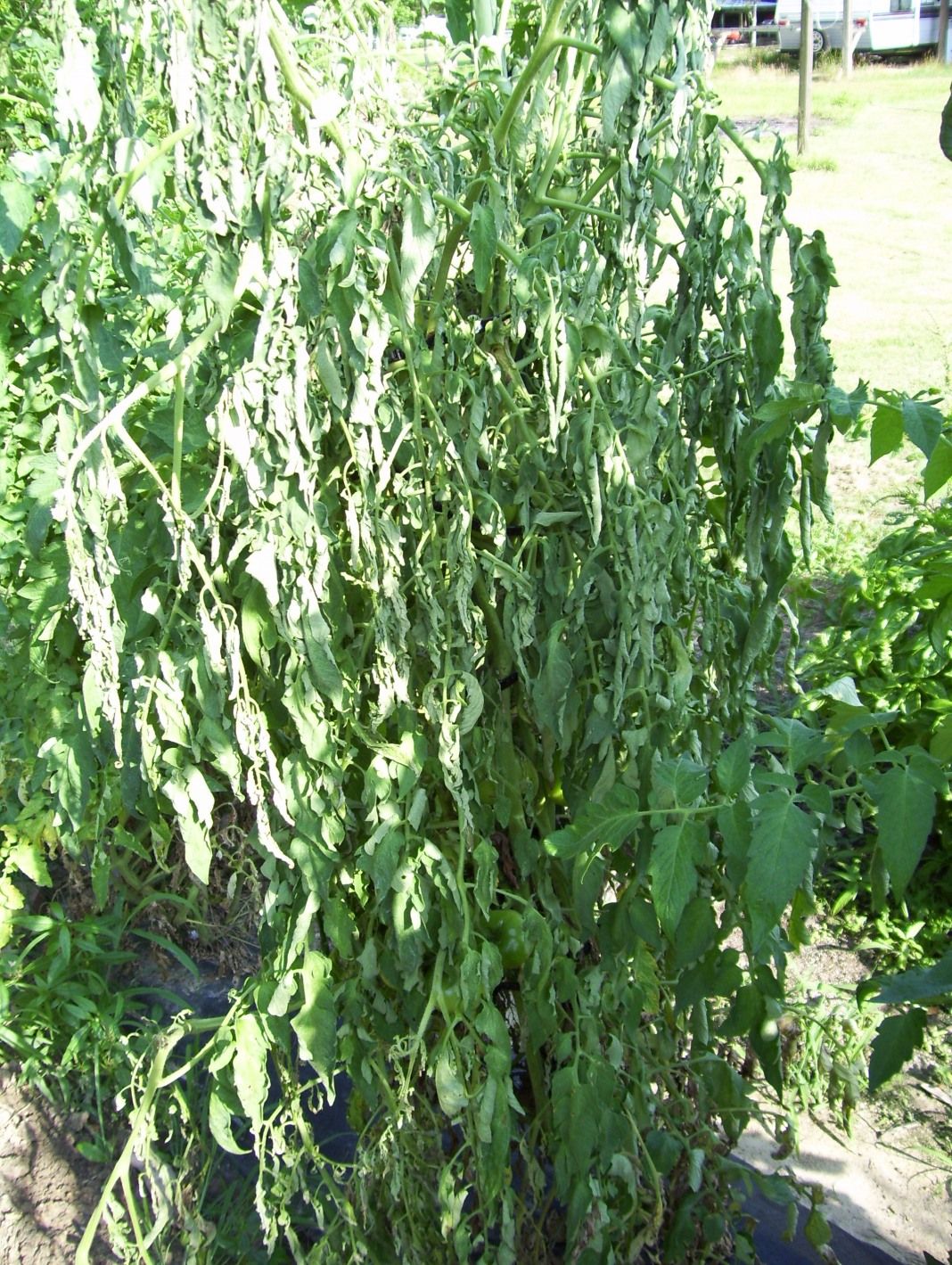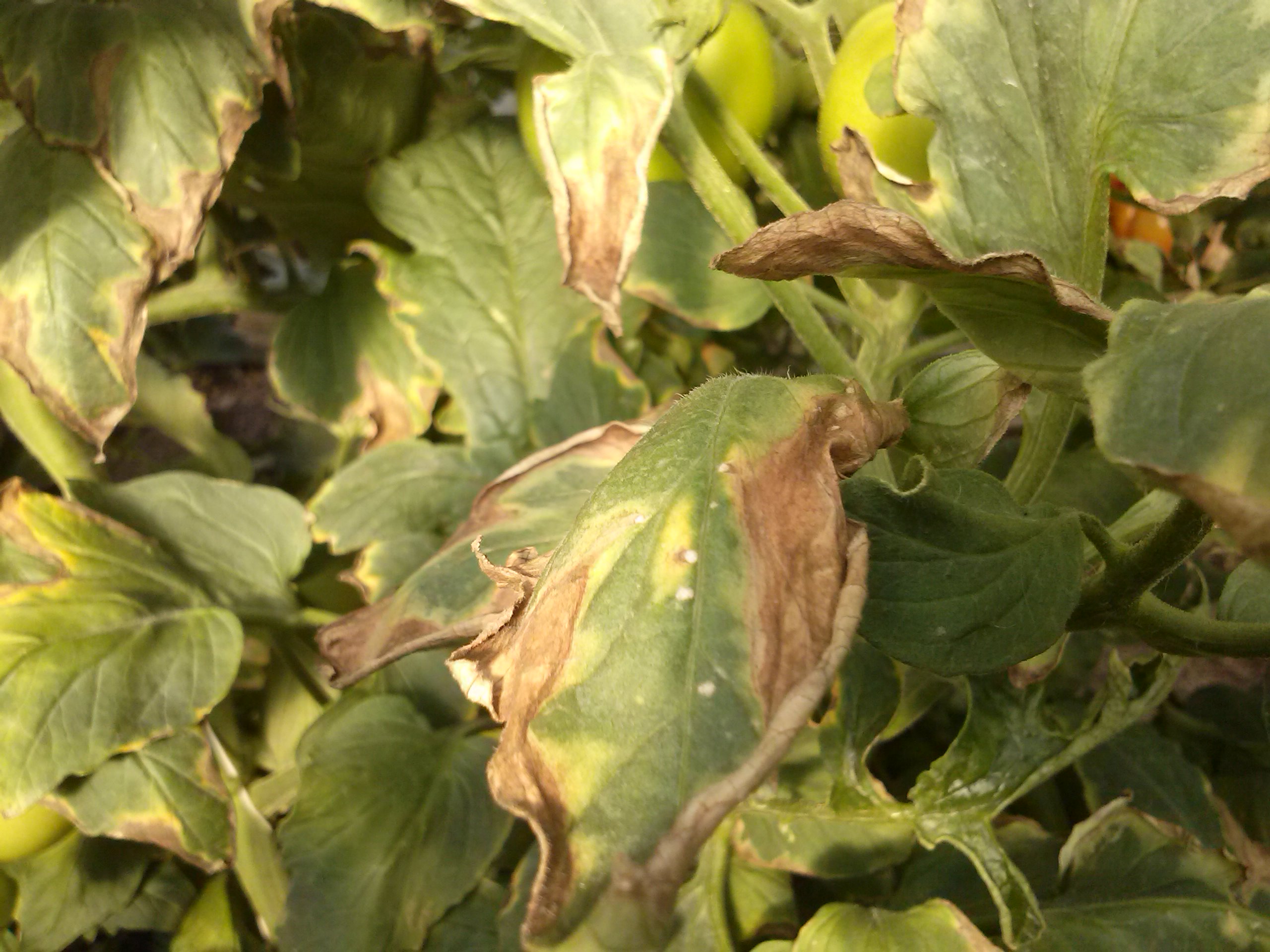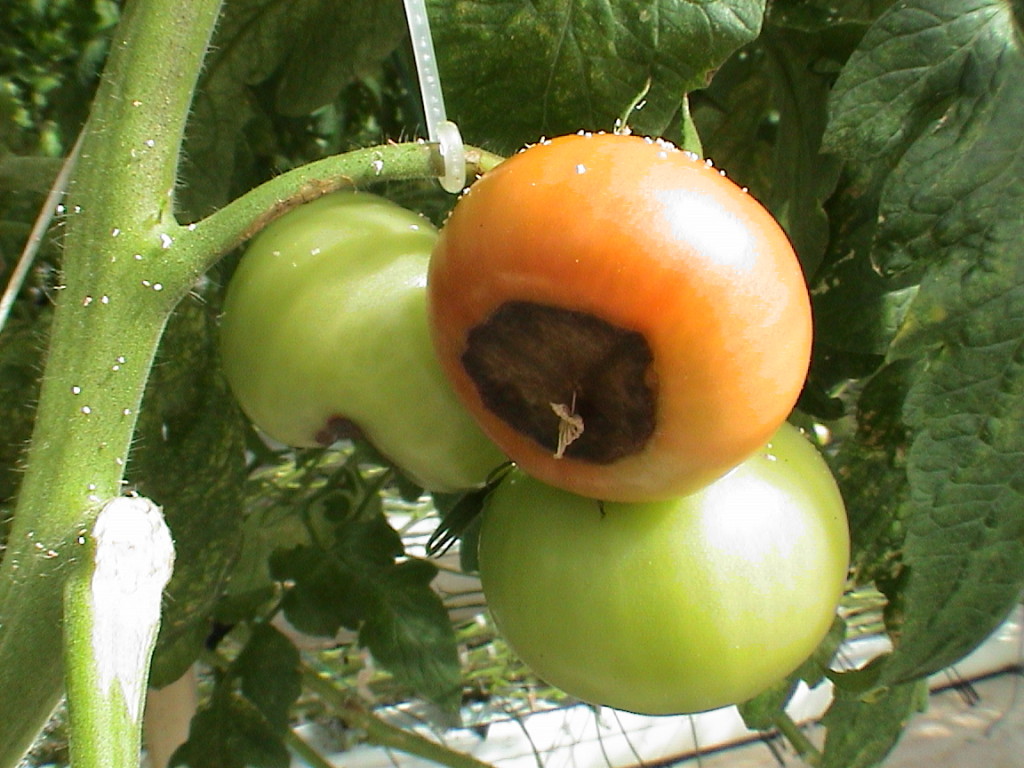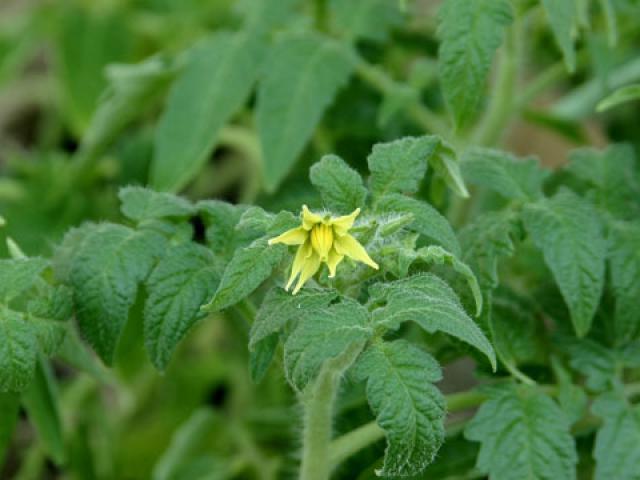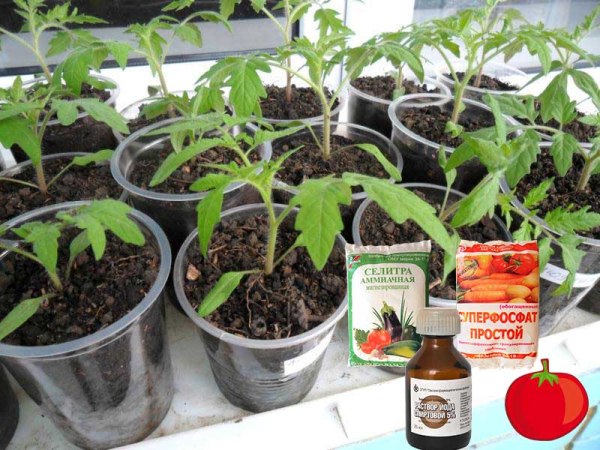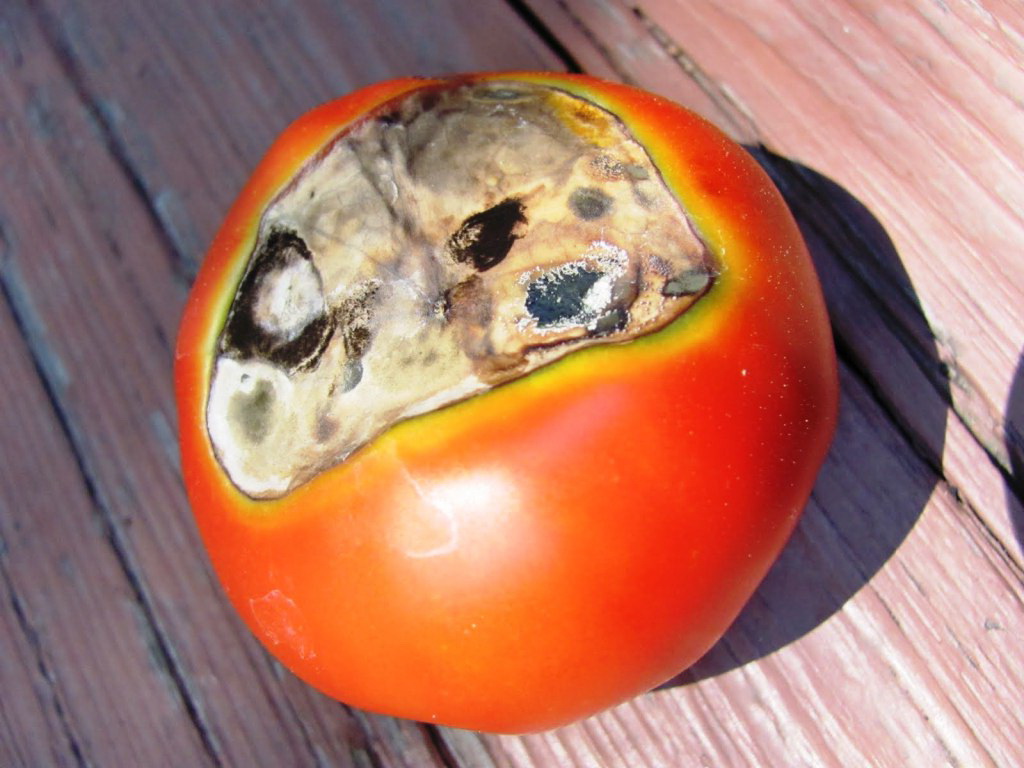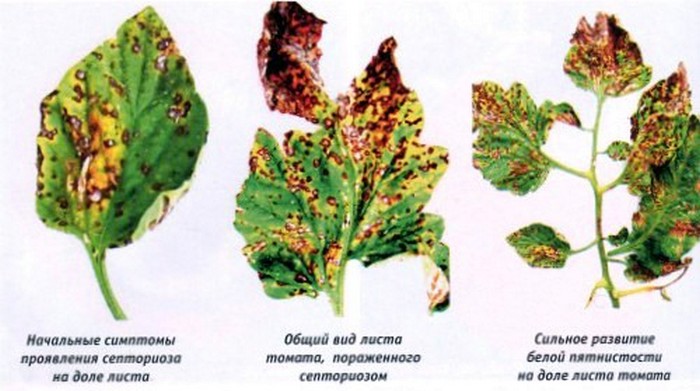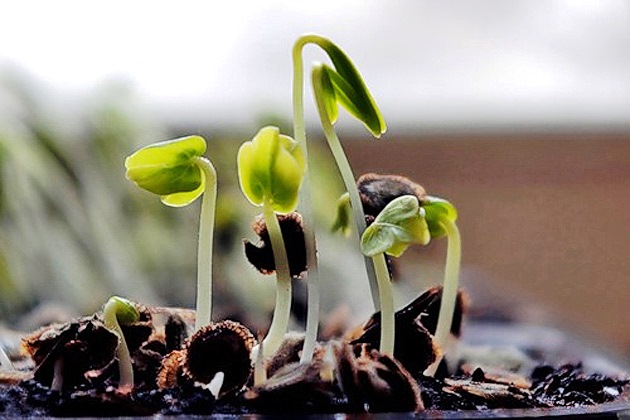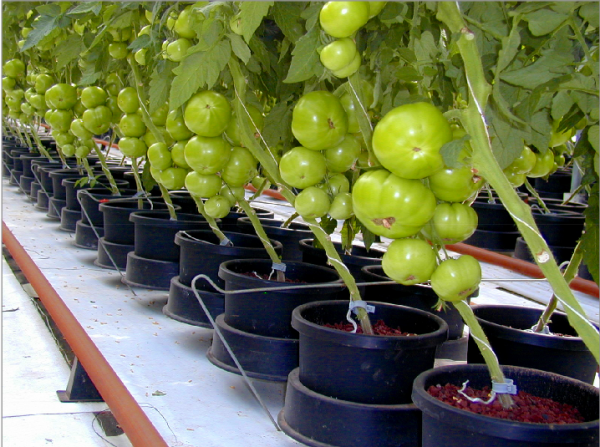Experts regularly warn all gardeners about the need to follow the rules of crop rotation. With a long cultivation of vegetables in the same place, the plants begin to show symptoms of various diseases.
Often there is not enough space for all garden crops, or the plot is simply small. Summer residents are forced to grow tomatoes in one place from season to season. As a result, foliage begins to wither in the bushes, although the irrigation regime is not violated. This is how the fusarium of tomatoes begins. If the land was taken from the beds on which plants of the Solanaceae family were constantly grown, fusarium can begin in tomato seedlings. How to deal with this disease, how to treat tomato bushes and much more will be discussed below.
Description of tomatoes
Tomatoes have been cultivated in the world for more than one century, although this plant was not always grown because of its edible fruits. It was once cultivated only as a decorative culture. But over time, ripe tomato fruits became welcome guests in the diet. They began to be used fresh, added to salads, used in the preparation of hot dishes and snacks. And the recipes for preparations for the winter, in which tomatoes are used, cannot be counted.
Tomatoes are grown not only on an industrial scale; there is hardly a vegetable garden that does not have at least one garden bed with this vegetable crop.
Thanks to the efforts of breeders, newer varieties of this vegetable crop appear every year, which are distinguished by good yields, different sizes of bushes, resistance to various diseases, high marketability and taste of ripe fruits, different colors of ripe tomatoes - from the usual red to yellow, purple or green.
You can grow various varieties of tomatoes in the open field, in greenhouses or greenhouses.
The cultivation of this culture in most regions of our country is carried out by seedlings. In this case, the seeds are planted at home in containers, after the emergence of seedlings (after the appearance of a pair of permanent leaves), the seedlings are dived into separate cups.
After the seedlings have 5-6 permanent leaves, and the soil in the garden warms up to 16-17 ° C, the plants can be transplanted to the garden beds.
At the first time after transplanting, if spring frosts are possible, it is better to equip a greenhouse in the beds so that young plants do not freeze.
Further care for this vegetable crop provides for regular watering, loosening the soil with the simultaneous removal of weeds, as well as making additional fertilizing. But even adherence to the rules of caring for this vegetable does not always save you from diseases, and you have to wage a merciless struggle with them so as not to lose part of the crop, or even completely not to lose it.
Disease Information
Fusarium wilt of tomatoes is a fungal disease. The fungus gets inside the bushes and begins to "take over". As a result, it grows, fills the vessels of plants, clogging them with the products of its vital activity. Over time, bending spores get into all parts of the plant, as a result, tomato bushes begin to wither.
Spores of this fungus can be in the soil for years, especially a lot of them are collected in those places where for many years vegetable plants of the Solanaceae family have been grown, not observing the rules of crop rotation. Spores get inside tomatoes through small wounds and cracks in the stems and shoots.
Infection of tomato bushes can occur at any stage of plant development, but Fusarium reaches its peak during the mass ripening of fruits. At this moment, the plants are weakened, because all their strength goes to the ripening of tomatoes, and they no longer remain to fight the disease.
If the fusarium wilting of tomatoes is established, treatment is almost impossible, it is not possible to save diseased plants, it is only possible that the spores of the fungus will spread to healthy tomatoes.
The main reasons contributing to the development of the disease:
- violation of the rules of crop rotation;
- thickening of landings;
- too much difference between day and night temperatures with high humidity;
- too much fertilizer in the soil, especially those containing chlorine;
- groundwater comes too close to the ground surface;
- the garden plot is located next to industrial enterprises;
- decrease in daylight hours;
- violation of the irrigation regime, drying out of tomato roots;
- lack of lighting.
As a result, the foliage changes its natural color, it becomes faded, gradually withering. The veins also become lighter. Gradually, the foliage curls, the shape of the petioles also begins to change. Over time, the damaged leaves begin to fall off. At the base of the shoots, the cut turns brown. The root collar turns brown - a plaque of fungal spores forms on it.
If you do not start fighting the disease, then the disease affects the upper part of the plant. This is the description of the main signs of tracheomycotic (fusarium) wilting of tomatoes.
Fusarium wilting can often be observed in tomato seedlings. Treatment in this case, as in adult plants, is useless. There are no medicines and folk remedies for this disease. The only measure to combat fusarium disease is to remove diseased plants. And the place where they grew is better to spill with a weak solution of potassium permanganate.
Diseased plants are removed by the roots and burned immediately. It is impossible to leave diseased tops in the garden or put them in a compost pit, since the disease will subsequently spread further along the territory of the site.
Often, some measures are taken in order to slow down the activity of the fungus before harvesting, and then you can safely destroy diseased plants.
In greenhouse conditions, the following activities are carried out for this:
- provide normal ventilation in indoor conditions;
- reduce the thickening of plantings, remove specimens that are too severely affected, remove excess foliage from healthy bushes;
- reduce humidity in the greenhouse, watering is done by sprinkling, mulch is applied under tomato bushes.
A number of preventive measures should also be taken to reduce the risk of this disease:
- observe the basic rules of crop rotation, plant tomatoes in one place no more than once every three years;
- in greenhouse conditions, significantly reduce the difference between day and night temperatures;
- maintain humidity in closed ground no more than 60%;
- seed material must be etched before planting;
- destroy all tops after harvest, without leaving them in the garden or on the site.
If there have already been cases of this disease on the site, further varieties and hybrids of tomatoes that are resistant to fusarium should be planted.
Other diseases that threaten tomatoes
The main diseases that can affect tomatoes:
- Mosaic;
- Bacteriosis;
- Shoot necrosis;
- Alternaria;
- Late blight;
- Chloratic curl;
- Cladosporium disease;
- Septoria;
- Gray rot;
- Fomoz;
- Blackleg;
- Root and apical rot;
- Fruit cracking;
- Swelling of foliage.
Fighting most of these diseases is futile. Therefore, when the first signs are found, completely diseased plants should be removed, the soil and healthy plants should be treated with preparations containing copper.
But the main thing in the fight against most diseases affecting tomatoes is preventive measures. Crop rotation should be observed, the soil and seeds should be treated before planting.
Currently, breeders are releasing new varieties and hybrids of tomatoes that are highly resistant to most diseases, information about this is necessarily printed on a bag with seed material. And it is better to purchase them for growing in your garden beds, so that you can get a large harvest of tomatoes with all agrotechnical measures.
